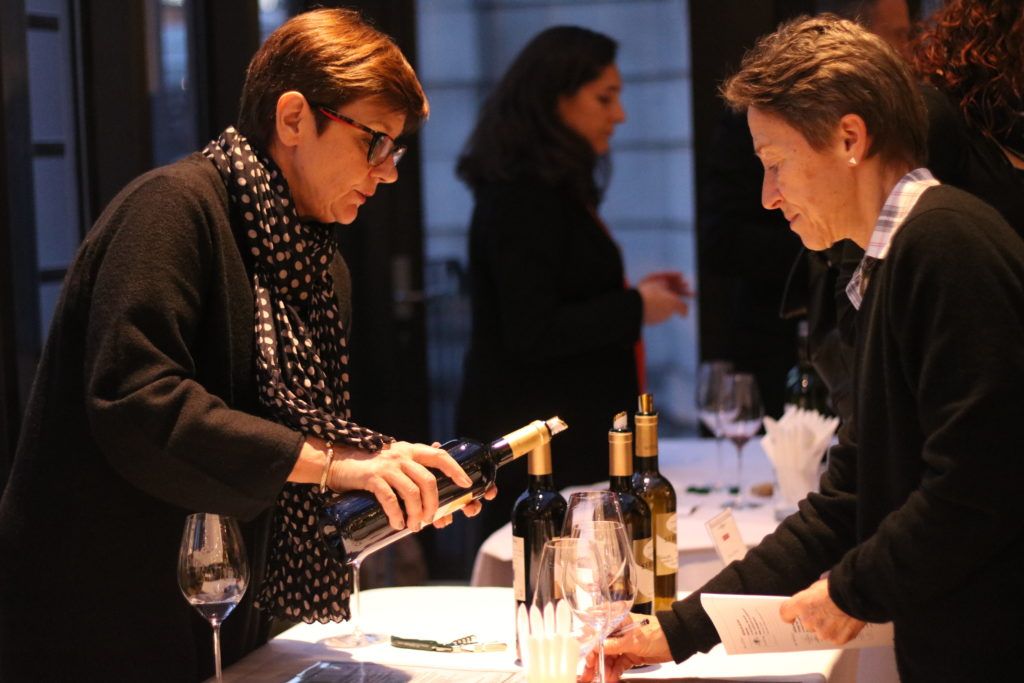Comparing 2018 to 2003, another year with a very hot summer, is entirely valid says Alain Raynaud, the president of Grand Cercle des Vins de Bordeaux.
The early indicators are that 2018 is going to be a ‘good’ vintage for most Bordeaux producers, with some coming up with very good wines. That was certainly the view of Alain Raynaud, the president of Grand Cercle des Vins de Bordeaux, a wide representation of whose 134 member-estates showed their wines in central London this week.
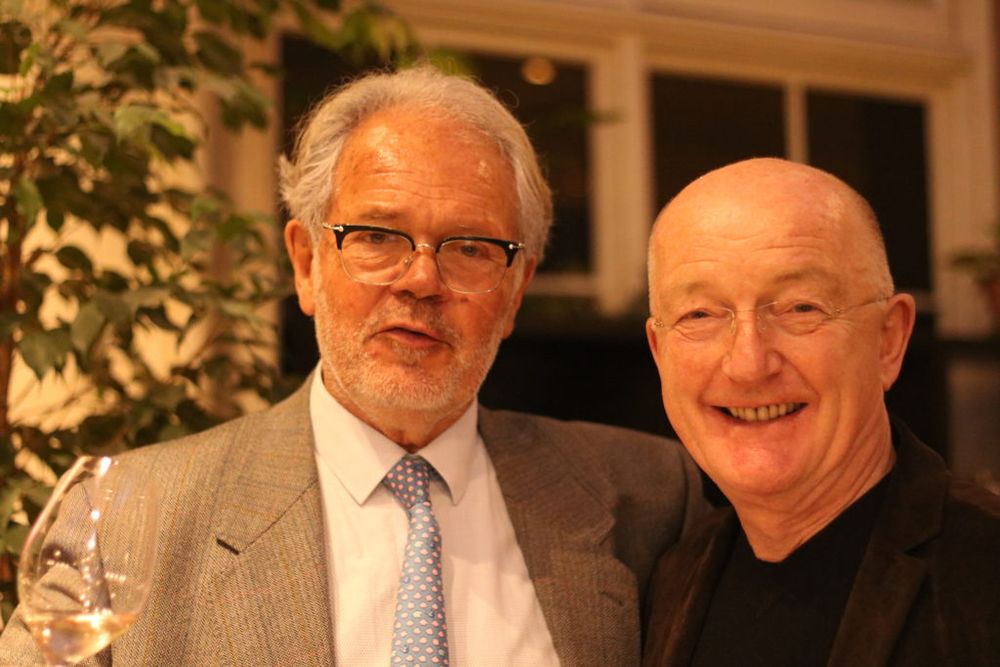
Alain Raynaud, the president of Grand Cercle des Vins de Bordeaux with wine writer Oz Clarke, London March 12, 2019
“It is a very early day but this vintage seems to prove that it is a good vintage,” Raynaud told The Buyer at the tasting in Piccadilly Circus. “In some occasion, a very, very good vintage; and in some occasion a bit less good than expected. We also come back to the weather conditions to understand what has been happening – we had a very wet spring – and a lot of properties were affected by the [downy] mildew, which caused the loss of berries and also a loss of quality.”
Yield, though, was not affected, with reds averaging out at 50hl/ha, as many growers compensated with minimal green harvesting.
The very hot and dry months of July, August and September saved a lot of vineyards according to Raynaud.
“Otherwise, we would have a very big disaster,” he sighed. “At the same time, the berries had been ripening, and over-ripening sometimes, with a lot of sugar, maybe too much sugar. That is responsible for very high alcohol where we also have some very low acidity. This is responsible for not a very good balance between alcohol and acid. Sometimes you have wines that are weak in acid and sometimes you have wines that are too high in alcohol. We can deal with a lack of acid by adding it, but we cannot deal with the balance between the tannins and the acid. All of the tannins are very smooth, but are they too smooth?”
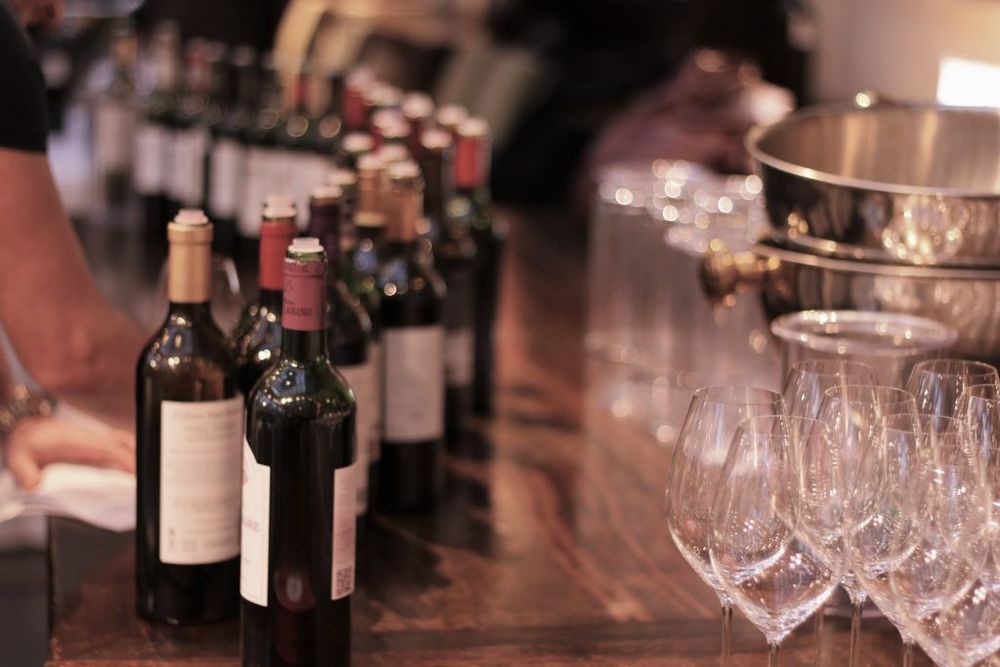
All the vines that are growing on clay – in St-Emilion or Fronsac for example – were able to keep humidity in the soil and to have freshness, which is lacking in other locations where it is too gravelly
Raynaud felt comparisons with 2003, another exceptionally hot summer when acidity suffered and pH levels were higher than normal, were valid. 2003, however, was highly regarded at primeur tastings the following spring, for some very fine wines were produced. Nonetheless, many others needed drinking up at a relatively young age as acidity, even after addition of tartaric acid, became an issue.
“In some occasions, some of my friends in this room have been producing stunning wines, but they are few,” Raynaud revealed.“All the vines that are growing on clay – in St-Emilion or Fronsac for example – we were able to keep humidity in the soil and to have freshness, which is lacking in other locations where it is too gravelly. Pomerol has a pH that is a bit too high. I wonder if these wines have a potential for ageing. But it is very early to say they will be this or that way.”
The pleasant surprise for Raynaud was the whites. “The whites could have been a disaster, but it was not the case,” he said. “People have been picking a bit earlier than usual, not waiting so long, and the result is more balanced wines than expected. This is a good surprise for me – the whites are very good.”
On the subject of price, the straight-talking Raynaud was open. “You are the first to taste these wines but we will present them soon to the Place in Bordeaux and see the reaction. Then the market will start, but it’s not a good idea to increase price too much… maybe between 2 and 5%. Everyone has to know his market, and ours is the consumer not the speculator. The cost to produce one bottle, even if you are Chateau Margaux, is between €12-13. So if we sell at €20, we make money.”
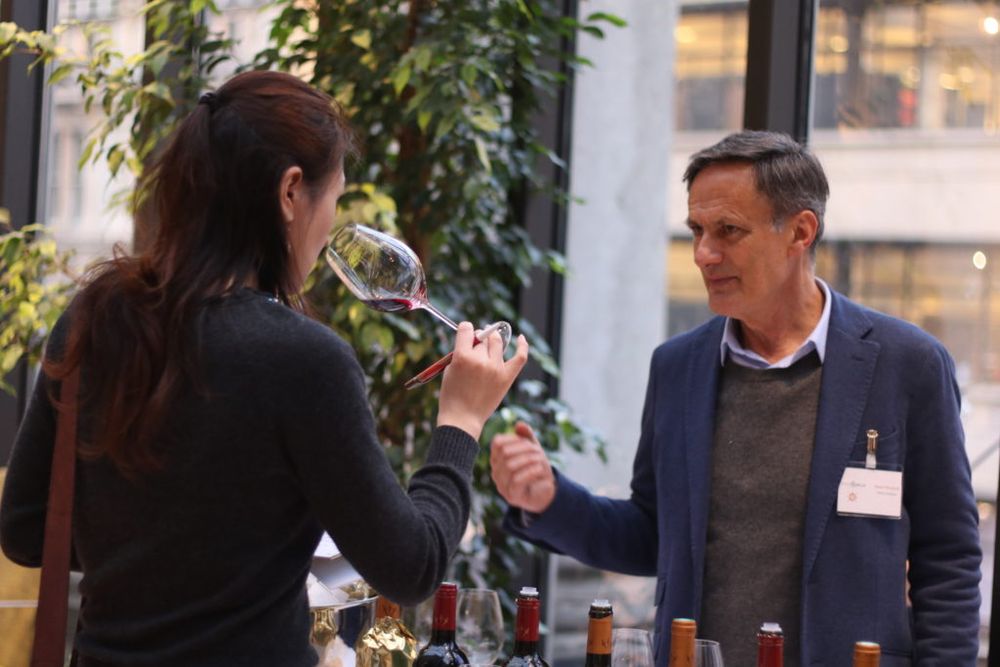
So which wines were shining at the tasting?
A number of wines showed especially well in the tasting. One of these was Ch Yon-Figeac in St-Emilion, with owner Alain Chateau opining this was his estate’s best vintage since he bought it in 2005. Powerful, yet elegant with fine tannins, this was a wine to savour. The same applied to Ch Rol Valentin, also in St-Emilion, where winemaker, Nicolas Robin, has crafted a stunning wine (85% Merlot, 10% Cabernet Franc and 5% Malbec).
Other estates to impress from St-Emilion included Ch La Crizelle, Ch Montlabert and Ch Tour Baladoz. In Fronsac, Ch De La Dauphine and Ch De La Riviera flew the flag for the appellation with a pair of Merlot-led blends that had fabulous concentration. The latter’s white (two thirds Sauvignon Blanc and a third Sauvignon Gris) also impressed.
Yannick Evenou, winemaker at Ch Reaut in Cadillac Cotes-de-Bordeaux, picked his Merlot earlier than any of his preceding 32 vintages – on September 7. “It was the best fruit I’ve seen in any year, and I didn’t have to add any acid,” he said. The quality of his wines (predominantly Merlot but also containing Cabernet Sauvignon and Cabernet Franc) lived up to his claim. Another lesser-known appellation, Graves-de-Vayres, likewise came up with another terrific wine in the form of Ch Lesparre’s grand vin (predominantly Merlot). Meanwhile, in Pessac-Leognan, Ch Haut-Bacalan also produced a special grand vin (55% Merlot, 40 Cabernet Sauvignon) as well as a fine single varietal Sauvignon Blanc.
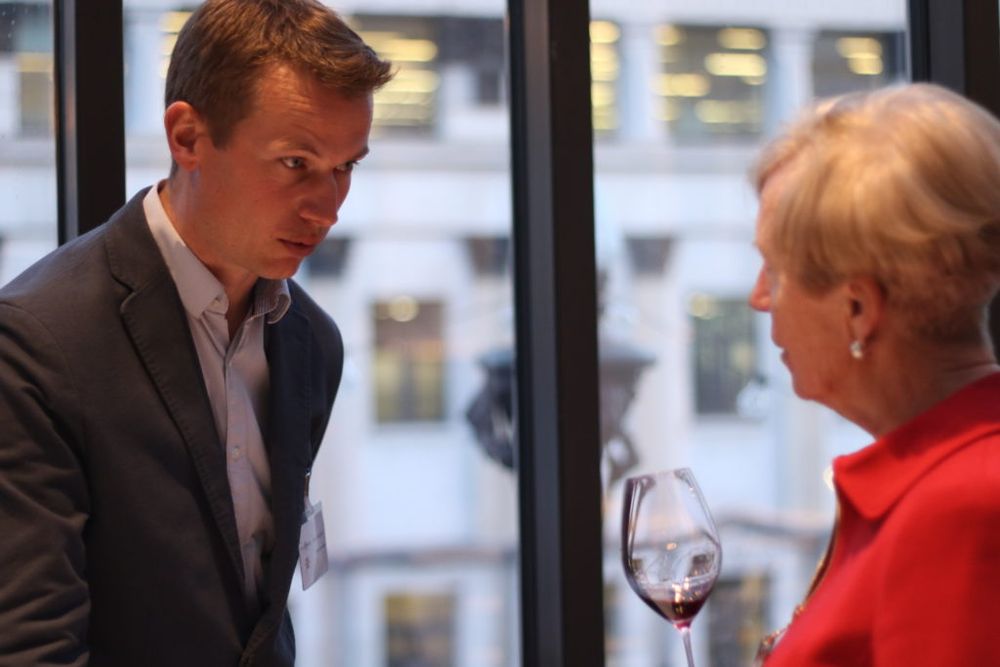
Summing up the 2018 vintage
How best to sum up the 2018 reds from the Grand Cercle estates, which should give some important pointers to the Medoc classed growths and leading Right Bank wines? Some very appealing fruit, impressive concentration often with marked intensity of flavour, soft tannins and plenty of length. But the balance of wines is not what it was in 2015 and 2016. “A Right Bank year and a good vintage for the drinker,” Raynaud declared. It was hard to disagree with him.
All photos @cam_rsl_photos
